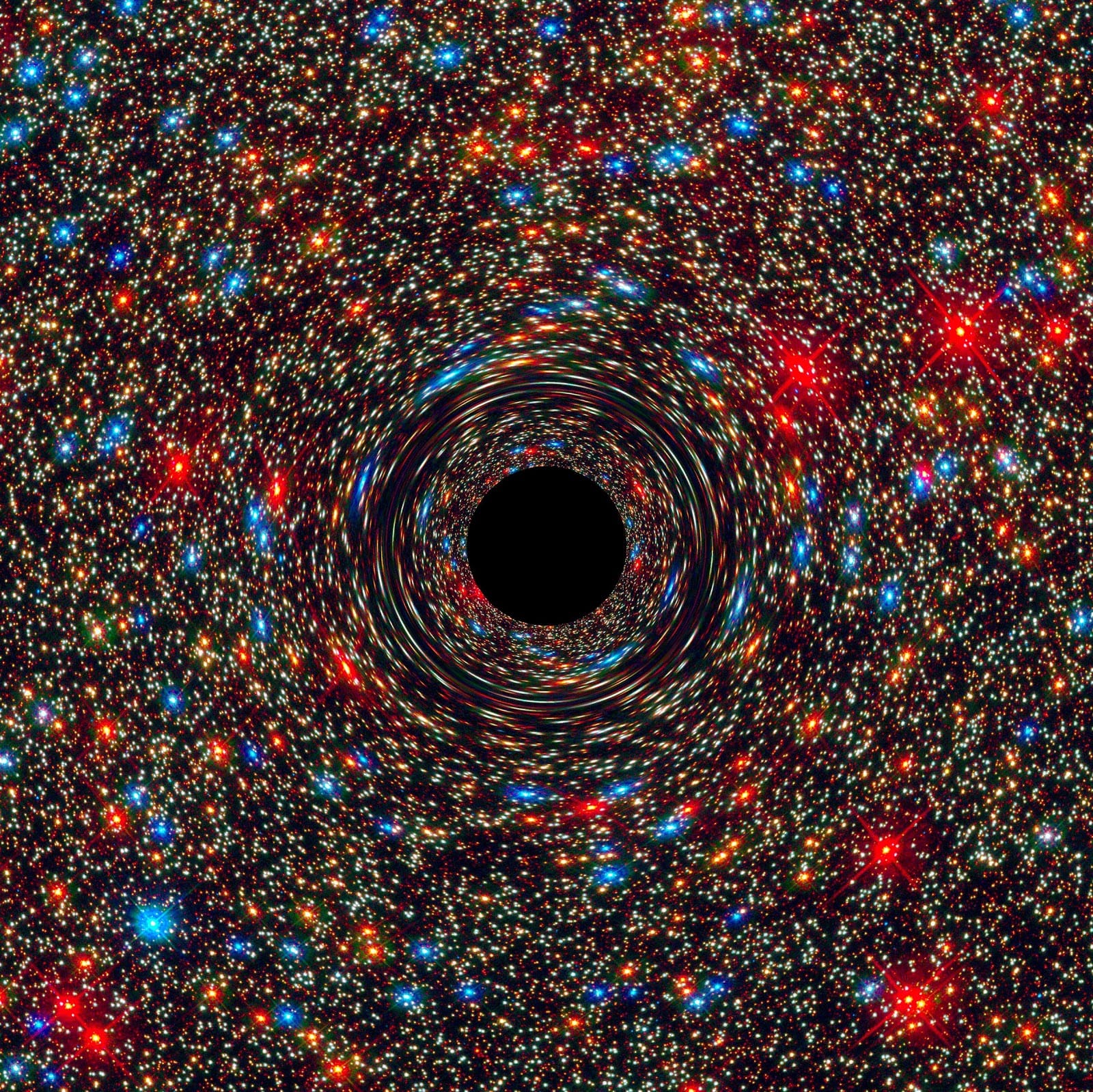In a groundbreaking discovery, astronomers have detected a series of mysterious X-ray flashes from a nearby supermassive black hole, prompting a reevaluation of current understanding regarding the behavior of such astronomical phenomena. The black hole, located in a galaxy relatively close to Earth, has exhibited X-ray emissions that appear to accelerate in a manner that defies established models of black hole activity. This observation has sparked significant interest within the scientific community, as it may hold the key to unlocking new insights into the nature of black holes and their interactions with surrounding matter.
Supermassive black holes, which are typically found at the centers of galaxies, possess masses that can be millions to billions of times that of our Sun. They are known to exert immense gravitational forces, influencing the orbits of stars and gas in their vicinity. The process of accretion, where matter spirals into the black hole, is often associated with the emission of X-rays. These X-rays are generated as the infalling material is heated to extreme temperatures, resulting in the release of energy that can be detected by telescopes.
The recent observations were made using advanced X-ray observatories, which have the capability to capture high-resolution images and spectra of cosmic sources. The data revealed a series of X-ray flashes that not only varied in intensity but also exhibited unexpected patterns of acceleration. This behavior is particularly intriguing, as it challenges the conventional understanding of how matter behaves in the extreme gravitational fields surrounding black holes.
Researchers have proposed several hypotheses to explain the observed phenomena. One possibility is that the X-ray flashes are the result of interactions between the black hole and a companion star. In such a scenario, the gravitational pull of the black hole could strip material from the star, leading to bursts of X-ray emissions as the material is accelerated and heated before being consumed by the black hole. However, the specific acceleration patterns observed in this case do not align perfectly with this model, suggesting that additional factors may be at play.
Another hypothesis involves the presence of magnetic fields in the vicinity of the black hole. Magnetic fields can influence the motion of charged particles, potentially leading to the acceleration of X-ray emissions. If the black hole is surrounded by a turbulent magnetic environment, it could create conditions that result in the observed flashes. This theory aligns with previous research indicating that magnetic fields play a crucial role in the dynamics of accretion disks around black holes.
The implications of these findings extend beyond the immediate observations. Understanding the mechanisms behind the acceleration of X-ray flashes could provide valuable insights into the fundamental processes governing black hole behavior. It may also shed light on the broader dynamics of galaxies, as supermassive black holes are believed to play a significant role in galaxy formation and evolution.
As astronomers continue to analyze the data and refine their models, the potential for new discoveries remains high. The ongoing advancements in observational technology, coupled with the collaborative efforts of researchers worldwide, are likely to yield further insights into the mysteries of black holes. The study of X-ray emissions from these cosmic giants not only enhances our understanding of their nature but also contributes to the broader field of astrophysics.
In conclusion, the recent detection of mysterious X-ray flashes from a nearby supermassive black hole represents a significant advancement in our understanding of these enigmatic objects. The unusual acceleration patterns observed challenge existing theories and open new avenues for research. As scientists work to unravel the complexities of black hole behavior, these findings may ultimately lead to a deeper comprehension of the universe’s most powerful forces.

